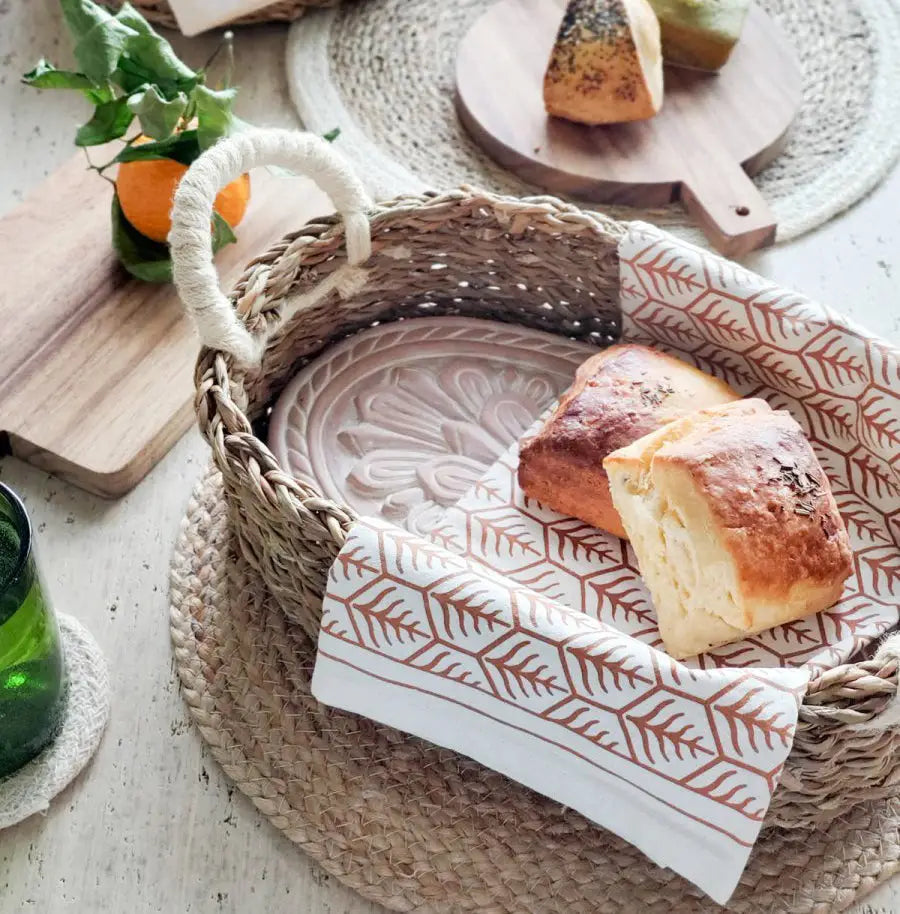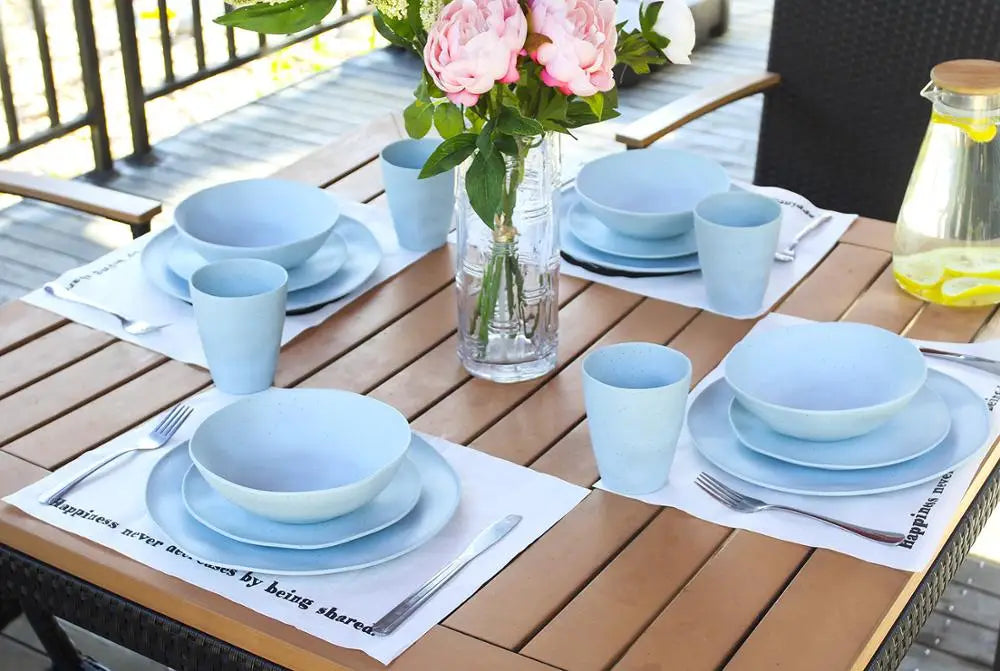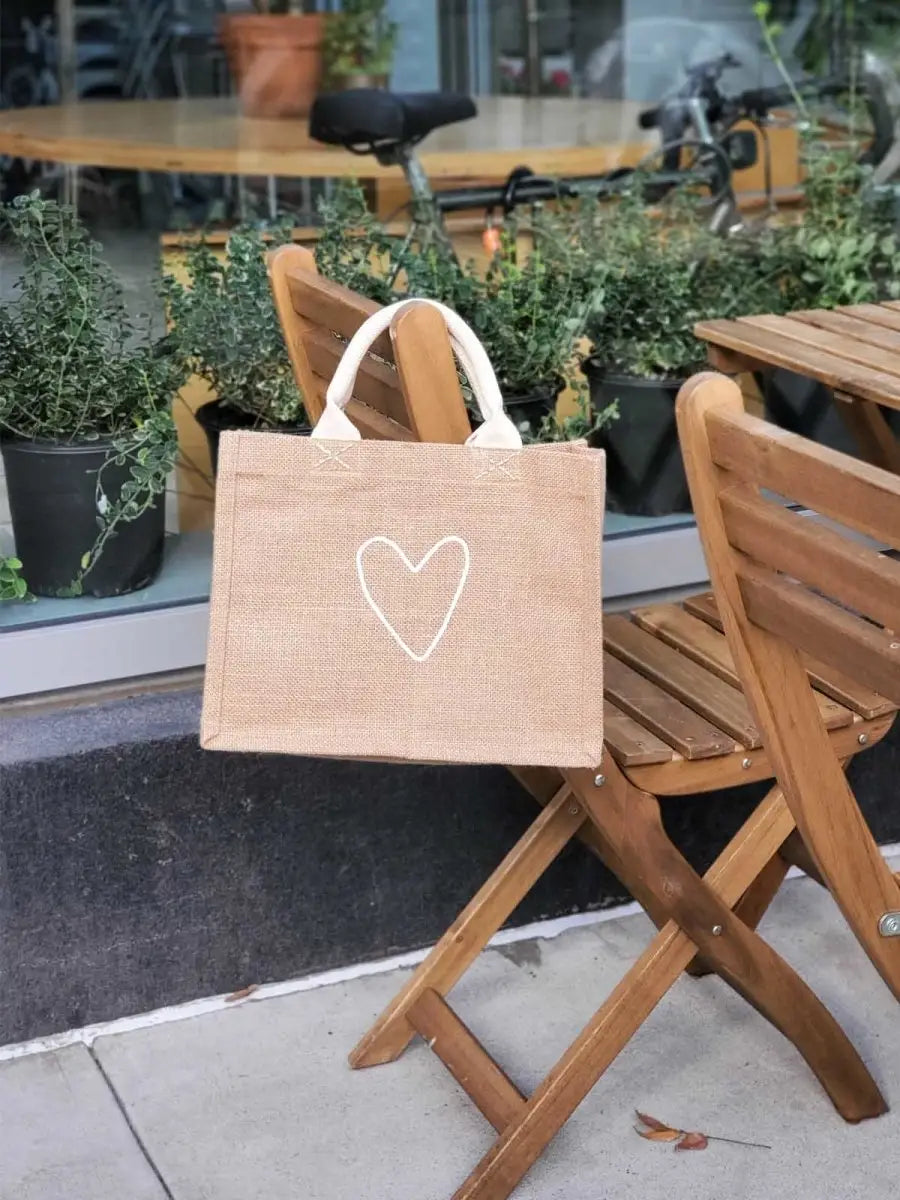As you may know bamboo is a fast-growing, self-generating grass that is extremely adaptable and resilient. It is in most cases sustainably grown since it does not need fertilizers or pesticides and it can store more carbon than certain types of trees.
It can replace wood, steel, and plastics in many instances due to its material properties. Bamboo is light weight, flexible, and tough. Plus, bamboo fiber is bacteriostatic, antifungal, antibacterial, hypoallergenic, hydroscopic, natural deodorizer, and resistant against ultraviolet light.

Cultures worldwide have been relying on bamboo for thousands of years, and with new technologies it can be shaped, pressed, and spun in many different products. This is where the question of sustainability comes in.
First, there is the quite unique life cycle of bamboo. Individuals in any one species tend to flower together, once every 10 to 100 years, and then die. If a bamboo forest is cleared at this time, the bamboo will not grow back. Fortunately, more consideration is put into this phenomenon nowadays than even a decade or two ago.
The second part of the equation is how the raw bamboo is manipulated to produce the end product. While small items like bamboo straws, utensils, and brushes are produced from raw bamboo, it can get a bit trickier when it comes to larger items, like bamboo flooring or bamboo fiber products.
Bamboo textiles that are made by mechanically combing out the bamboo fibers, then spinning those into wearable, malleable fabrics are sustainable. However, these fabrics are typically more expensive, and they do not have that smooth feel that most of us come to expect. If you see on a fabric label “bamboo-based rayon or viscose”, be aware that it means that the bamboo was dissolved in toxic chemicals to transform the stalks into long strand fiber that are used to create the fabric. Instead of those fabrics, choose fabrics that are made of recycled materials, or are organically or sustainably produced.
Bamboo flooring can have formaldehyde and toxic binders and glue in them. Check for those ingredients when you buy your bamboo flooring.
One interesting product category that has come more into focus over the last few years are pressed or molded bamboo products. They are made from bamboo fiber and mixed with binder to create moldable products. Most bamboo fiber is won by grinding bamboo stocks and does not need to be chemically broken down like bamboo rayon or bamboo viscose. When looking for products like these, make sure to check that they are BPA free and if you use them to serve or make food that they are deemed safe for human use when in contact with food.

If you want to check out our dinnerware sets that are made of bamboo fiber 40%, corn starch 30% and other edible plant fibers. You can find them here. They are made of 100% biodegradable bamboo fiber combines with a food-grade resin binder and approved by LFGB (more stringent than FDA) and EU.
Overall, when bamboo is harvested at the right time and not treaded with toxic chemicals then it makes a great sustainable alternative to wood, plastics and even steel.

























